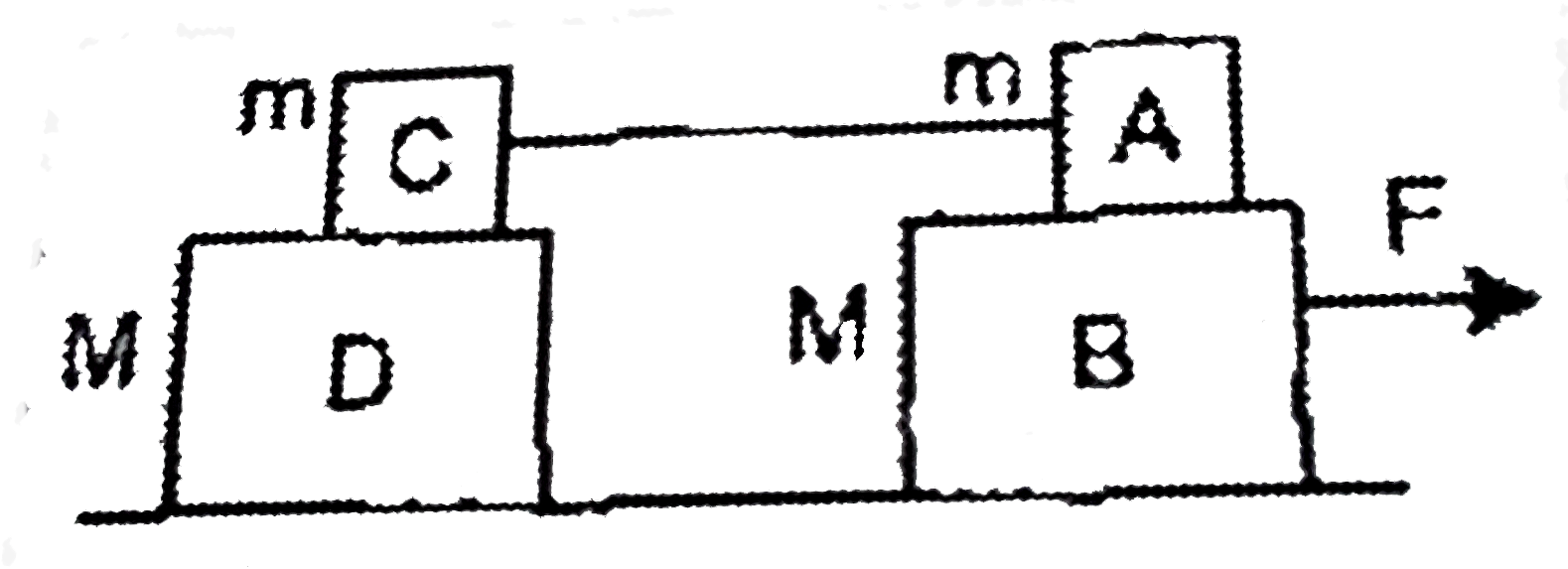Assertion : Static friction is a self-adjusting force upto its limit μsN where μs is the coefficient of static friction.
Reason: One can use the equation fs=μsN only when the maximum value of static friction comes into play
If both assertion and reason are true and reason is the correct explanation of assertion.
If both assertion and reason are true and reason is the not correct explanation of assertion.
If assertion is true but reason is false
If both assertion and reason are false.
The correct Answer is:B
Step by step video, text & image solution for Assertion : Static friction is a self-adjusting force upto its limit mu_(s)N where mu_(s) is the coefficient of static friction. Reason: One can use the equation f_(s)=mu_(s)N only when the maximum value of static friction comes into play by Physics experts to help you in doubts & scoring excellent marks in Class 11 exams.
Updated on:21/07/2023Topper's Solved these Questions
- LAWS OF MOTIONBOOK - NCERT FINGERTIPSCHAPTER - LAWS OF MOTIONEXERCISE - NCERT Exemplar
9 Videos
- KINETIC THEORYBOOK - NCERT FINGERTIPSCHAPTER - KINETIC THEORYEXERCISE - Assertion And Reason
10 Videos
- MECHANICAL PROPERTIES OF FLUIDSBOOK - NCERT FINGERTIPSCHAPTER - MECHANICAL PROPERTIES OF FLUIDSEXERCISE - Assertion And Reason
15 Videos
Similar Questions
Knowledge Check
Assertion: Static frictional force is a self adjusting force.
Reason: Force of static friction does not depend upon the mass of the body.AIf both assertion & Reason are True & the Reason is a corrrect explanation of the Asserion.BIf both Assertion & Reason are True but Reason is not correct explanation of the Assertion.CIf Assertion is Trie but the Reason is False.DIf both Assertion & Reason are falseIf μk is the coefficient of kinetic friction, μl is the coefficient of rolling friction and us is the coefficient of static friction, then
Aμs>μk>μrBμs<μk<μrCμs<μr<μkDμsμr>μkIf coefficient of static friction is μs and coefficient of kinetic friction is μk , which one is correct ?
Aμs=μkBμs>μkCμs<μkDμs≤μk
Four blocks are arranged on a smooth horizontal surface as shown. The masses of the blocks are given (see the diagram). The coefficient of static friction between the top and the bottom blocks is μs. What is the maximum value of the horizontal force F, applied to one of the bottom blocks as show, thilt makes all four blocks move with the same acceleration ?

View SolutionFour block are arranged on a smooth horizontal surface as shown in figure .The masses of the blocks are given (see the fig ) The coefficient of static friction between the top and the bottom blocks is μs What is the maximum value of the horizontal force F applied to one of the bottom blocks as shown that makes all four block with the same acceleration ?

View Solutionif μs,μk and μr are coefficeints of static friction, sliding friction and rolling friction, then.
View SolutionA force of 98 N is required to just start moving a body of mass 100 kg over ice. The coefficient of static friction is
View SolutionThe maximum staic friction on a body is F=μN.
Here N= normal reaction force on the body.
μ= coefficient of static friction. The dimension of μ is
View Solution

